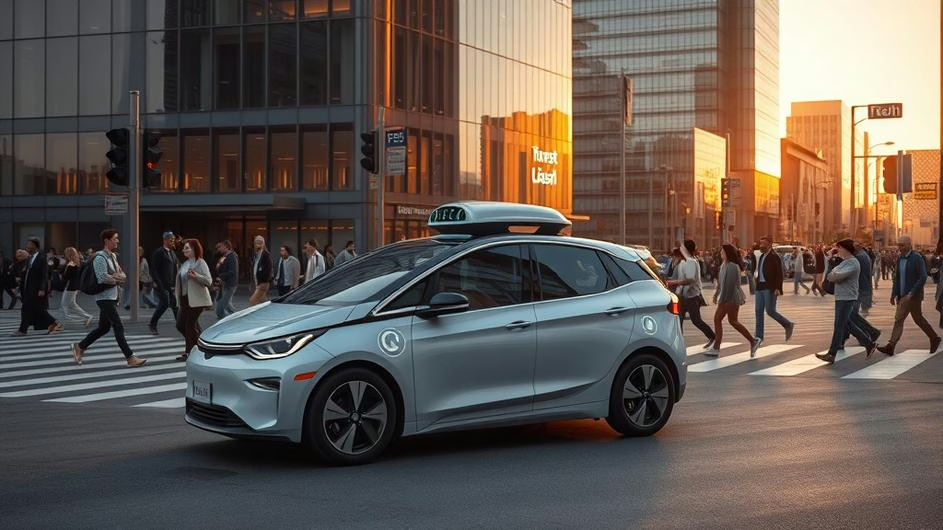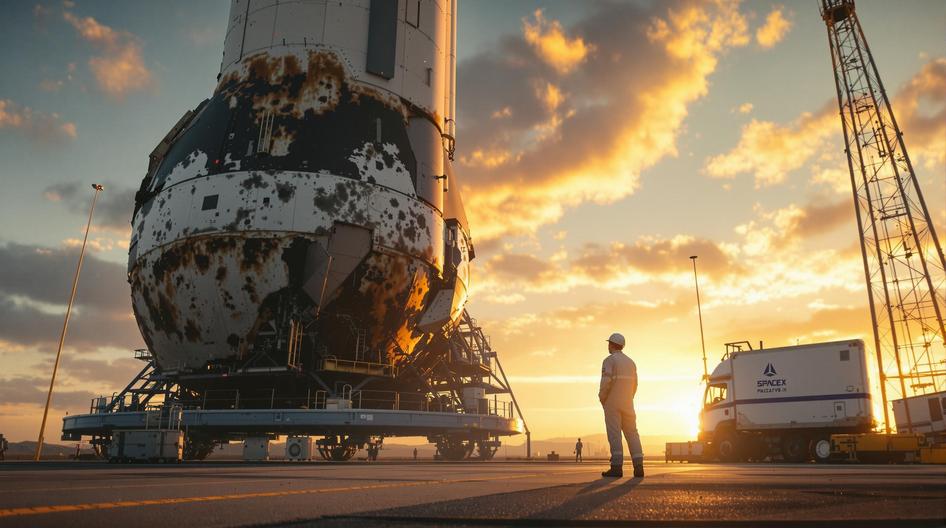
Accelerating the Era of Autonomous Vehicles: Scaling Innovation, Securing Trust, and Reshaping Mobility
For years, self-driving cars felt like something straight out of science fiction. Now, as 2025 wraps up, autonomous vehicle (AV) technology is no longer a distant dream. It’s one of the hottest frontiers in artificial intelligence and mobility. The real story isn’t just about the tech itself, but how carmakers, tech giants, and governments are finally coming together. Their collaboration is set to redefine not just our daily commute, but global travel and entire industries.
From Concept to Scale: Crossing the Chasm
Getting AVs on every street has been a rollercoaster of big wins and tough setbacks. The conversation is shifting, though. According to experts at a recent Mobileye virtual event, the biggest roadblock isn’t the technology anymore. Dr. Deborah Berebichez, an AI specialist, put it plainly: scaling up requires proving that these vehicles are safe for both consumers and regulators. It’s no longer enough for AVs to just work. They need the data to back it up. For policymakers, this means hard numbers showing that self-driving cars are safer than human drivers. Mobileye’s JJ Jungwirth noted that lower crash rates are the key metric that could finally win widespread public trust and trigger mass adoption.
Trust and Safety: Developing a Regulatory Consensus
While the tech is accelerating, public trust is still lagging. It turns out, people want a high bar for safety. Findings from the 2025 Automated Transportation Symposium revealed that almost two-thirds of Americans believe AVs should be held to even stricter safety standards than regular cars. This isn’t just a fleeting opinion, it echoes earlier consumer surveys and sends a powerful signal to lawmakers. Experts are urging regulators to build on existing auto safety frameworks rather than starting from scratch. The consensus is clear, a united policy approach is the only way to build the long-term public confidence needed for the autonomous frontier to truly open up.
Partnerships Powering Progress
So how does the industry solve these massive challenges? It’s all about teamwork. The race to full autonomy is being fueled by major strategic partnerships. Think of it like a tech supergroup. Automakers are joining forces with the biggest names in software and AI to build next-gen AV fleets. A perfect example is the new coalition between Stellantis, Nvidia, Uber, and Foxconn. Each player brings something critical to the table. Stellantis manages the vehicle engineering, Nvidia provides the powerful AI and driving platforms, Foxconn handles manufacturing, and Uber brings its massive operational experience from the ride-hailing world. Together, they’re aiming to launch Level 4 robotaxi services globally. This isn’t just a PR stunt. Stellantis will use Nvidia’s DRIVE AV platform to power its vehicles, a move that shows just how complex this puzzle is. You need experts in hardware, software, and real-world operations to make it all work.

Shared Deployments and Citywide Impact
These big partnerships are grabbing headlines, but the real test is happening on city streets. We’re seeing deployments accelerate from closed tracks to actual urban centers. A great case study is Beep, a US developer that’s launching two joint AV projects using Karsan Autonomous e-JEST vehicles. In collaboration with its partners, Beep is rolling out AV-supported public transit in cities like Atlanta. These aren’t just flashy demos. They’re designed to solve actual transportation problems and blend autonomous vehicles into daily life. For investors and developers, these projects are crucial because they provide real-world data on everything from user adoption to urban planning, influencing the robotics revolution in public infrastructure.
Transforming Travel and Tourism
Beyond the daily commute, AVs are starting to change how we travel. Just look at Waymo. The self-driving pioneer is quickly expanding its ride-hailing services in major US cities and airports, with an eye on international markets. Right now, most AV rides are still on the shorter side due to lingering tech and regulatory hurdles. But the goal is clear. By using AI to create personalized passenger experiences, Waymo is working with travel companies to make tourism easier. Imagine landing in a new city and having an AV seamlessly take you to your hotel. According to recent reports, these services could soon offer a much clearer travel proposition for tourists. It’s a glimpse into a future where getting around is safer, more convenient, and completely redefined.
Looking to the Horizon
So what’s next? The road to a fully autonomous future is being paved by a mix of technology, policy, and market demand. For the industry to hit its next growth spurt, it has to nail a few key things: prove its safety, get regulators on board, win over a skeptical public, and create value through smart partnerships. As AVs graduate from small-scale pilots to city-wide fleets, their power to shake up everything from transportation to digital infrastructure is undeniable. For anyone in the tech space, from developers to investors, the message is simple. This is the time to get involved. The technology that will define how we move for the next century is being built right now, and its success hinges on strong cybersecurity and public trust.
Sources
- Experts discuss how to scale up the autonomous vehicle industry. Business Insider, October 31, 2025.
- Beep set to launch two joint autonomous vehicle deployments. Robotics & Automation News, November 6, 2025.
- Remarks on Safety and Autonomous Vehicle Legislation at the 2025 Automated Transportation Symposium. Consumers Union, November 6, 2025.
- Stellantis partners with Nvidia, Uber and Foxconn to strengthen its global robotaxis strategy. Robotics & Automation News, November 3, 2025.
- Self-Driving Cars’ Hazy Travel Proposition Gets Clearer. Skift, November 3, 2025.






























































































